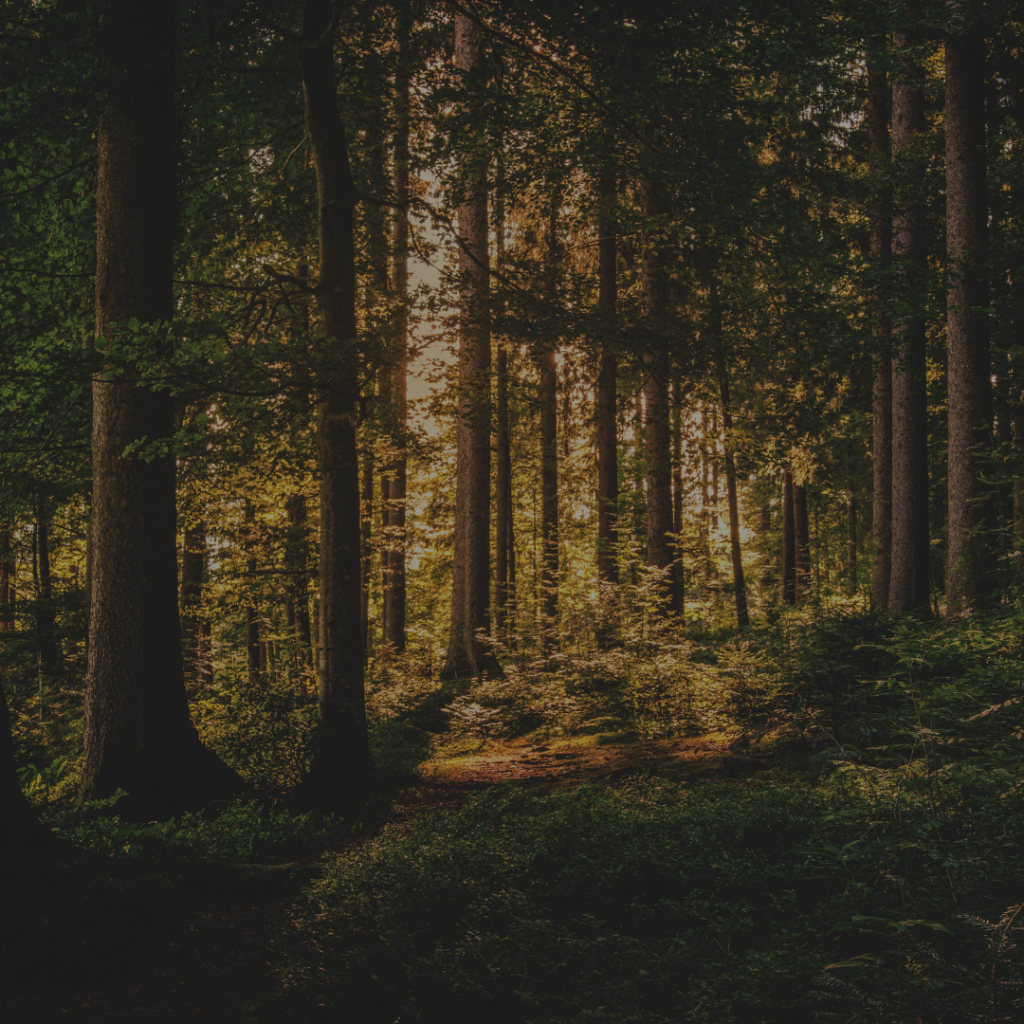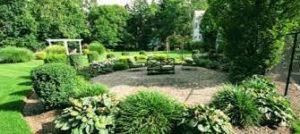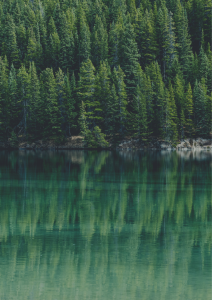Landscaping & Gardening
In essence, a garden is an enclosed outdoor place. But the space can have a range of uses (see note on garden types) and the boundary (wall, fence, hedge, canal etc) can have serve a range of objectives: protection (from animals, people, winds etc), demarcation (of ownership, privacy, sacredness), ornamentation, support etc.
The notes and articles in this section are about different types of garden, different styles of garden design, gardens in different parts of the world and the history and theory of landscape architecture
Knowledge about landscapes is highly complex and it is important to clarify how that complexity is reflected in the knowledge claims that feed into a particular planning process. Thus, this paper addresses critical issues and challenges regarding the formation of knowledge about landscapes in spatial planning contexts, based on published landscape research and planning theory. The analysis is rooted in planning theorists’ discussion of various types of knowledge claims involved in spatial planning practices.
Tips & Information about Landscape Ideas
Nothing says dreamy like a lush front or backyard, especially one filled with beautiful landscaping ideas. In fact, with well-designed landscaping, you can transform any patch of green into a relaxing escape to entertain friends and family, lounge with a book, take a dip in a swimming pool, or tend to a garden.

Tips for Landscaping
1. BOOK YOUR SPRING CLEANUP WITH LIFESCAPE
While we’re not fully ‘out of the woods’ of winter yet, the annual spring cleanup is right around the bend. Life scape Colorado’s spring cleanup services include:
-
Removing dieback from cold-damaged plants
-
Fertilize planting beds before the first big rain of the season
-
Structure pruning of trees and shrubs
2. RESEED TURF AND NATIVE GRASS
If the winter has left your lawn with bare patches, preparing to seed will be a top priority. Take some time to walk your property and identify areas that look barren. The ideal time to seed warm-season grasses is late spring or early summer. Make sure to irrigate thoroughly during the summer. Spring is also a great time to seed native meadows if they were thin the previous season.

3. UNWRAPPING TREES AND SHRUBS
With the onset of spring and warmer weather ahead, young shrubs and wrapped saplings that were wrapped this winter can once again see the light of day! Leaving wraps on trees too long can actually be harmful to trees as the wraps can restrict growth and harbor insects and disease. Whether it’s bristlecone pine, Colorado Blue Spruce, Douglas Fir, or any other native tree, be sure they’re ready for spring.

Design of Landscapes
Landscape design is an independent profession and a design and art tradition, practiced by landscape designers, combining nature and culture. In contemporary practice, landscape design bridges the space between landscape architecture and garden design.




The Benefits of Landscapes
Most of us love spending our 90 percent time indoors; we try to renovate our indoor space, try to make it look more elegant and appealing. However, very few of us are drawn outside to soak in the sounds and sights of nature. You should admit that there is something about the lush green grass, soul soothing sunshine, pretty flowers and sweet fragrances, which make the outdoors rejuvenating and relaxing. So, if you have a nice space outside your home, consider transforming it into a beautifully landscaped lawn. In fact, a well-designed lawn not only enhances the beauty of your home, but also it makes a huge difference for you and your family. It will improve the first impression of your guests, boost curb appeal and also, generate some positive feelings.
If you are looking to add some green friends to your lawn, or a flower bed, bubbly water features or some other enhancements, consider the beneficial aspects you can attain from landscaping;
If you are looking to add some green friends to your lawn, or a flower bed, bubbly water features or some other enhancements, consider the beneficial aspects you can attain from landscaping.
When you look at a beautiful and thriving commercial landscape, you probably think about it in terms of its aesthetic appeal. It looks beautiful and for that reason, it boosts the property value, makes people feel welcome, attracts new business, and so much more.
But did you know that there are also environmental benefits to landscaping?
Too often, landscaping is discussed by under informed but well meaning people as if a managed commercial landscape is somehow a detriment to the environment. But too much of this information is misguided and lacking in scientific evidence. We find that there is a tremendous amount of misinformation out there about landscaping and the environment—and so we’d like to do our part to dispel some of the false information that we hear every day.
While there are some landscapers who might not put the industry’s best practices to use (which can create a bad name for the industry), the majority of qualified landscape professionals are truly doing good work and doing it in an environmentally responsible way.
TREES AND GRASS PROVIDE COOLER TEMPERATURE
Who needs an air cooler in summer, when you have a super cool grass lawn? A simple, yet elegant grass lawn is cooler than bare soil, cement and asphalt .Planting trees and grass is a very simple way to protect our environment and each one of us should do our part.

If trees are planted close together in a continuous patch, they can cool temperatures by 5-10°C. This is a vital ecosystem service for urban areas. Planting trees along streets or having a rooftop garden can cool cities and is a proven way of countering the Urban Heat Island effect.
Excess carbon dioxide (CO2) is building up in our atmosphere, contributing to climate change. Trees absorb CO2, removing and storing the carbon while releasing oxygen back into the air. In one year, an acre of mature trees absorbs the same amount of CO2 produced when you drive your car 26,000 miles
Shade from trees slows water evaporation from thirsty lawns. Most newly planted trees need only fifteen gallons of water a week. As trees transpire, they increase atmospheric moisture.
LANDSCAPING IMPROVES QUALITY OF LIFE
Especially in the city areas, we have to deal with a number of problems related to environmental pollution and a lot more. However, landscaping can improve the quality of your life as it has several psychological as well as physical benefits. Researchers have revealed the fact that if you spend your time just looking at plants, it can reduce your blood pressure. Sounds strange, right? Well, if you walk through a natural space, even after living at the heart of a city, it will improve your memory and attention
Landscaping allows different species of plants to grow and nurture, provided with an adequate amount of water, good quality of soil, and sunlight. Reduce Air Pollutants – Plants improve the air quality around your home by capturing dust, smoke particles & other pollutants, and it produces oxygen
The main purpose of landscaping is to create a joyful environment round the building and give the occupants a healthy breath, good appearance and natural beauty. Landscape design enhances the aesthetic appeal of a building. It entails planning the space outside or surrounding a construction or a building.


